Description
The MBR process generally includes a membrane separation module and a bioreactor, and the membrane assembly replaces the secondary sedimentation tank for solid-liquid separation.
Since the membrane can trap all the biomass in the reactor, long sludge age and high suspended solids concentration can be obtained, which is beneficial to the growth of slow-growing nitrogen-fixing bacteria and nitrifying bacteria, and simultaneous nitrification and anti-inversion can be realized without aeration. Nitrification enhances the nitrification capacity of activated sludge, and membrane separation maintains a low , making the excess sludge yield much less than the activated sludge process, and the system operation is more flexible and stable. Especially for industrial membrane element .
| ITEMS | MBR-15 | MBR-20 | MBR-25 | MBR-30 | MBR-35 |
| Membrane Area(m2) | 15 | 20 | 25 | 30 | 35 |
| Length x 525×50 mm | 1400 | 1850 | 2000 | 2200 | 2200 |
| Material | PVDF, composite hydropilic hollow fiber membrane | ||||
| Nominal Pore Size | 0.02~0.04µm | ||||
| Fiber Diameter | ID/OD=1.0/2.4mm | ||||
| Flow Path | Outside-In | ||||
| TMP Range | -55 to 55 kPa | ||||
| Max. Operating Term. | 40oC | ||||
| Operating pH Range | 5.0-9.5 | ||||
| Backwash Pressure | ≤0.3Mpa | ||||
| Max. Cl2 Concentration | 1000ppm | ||||

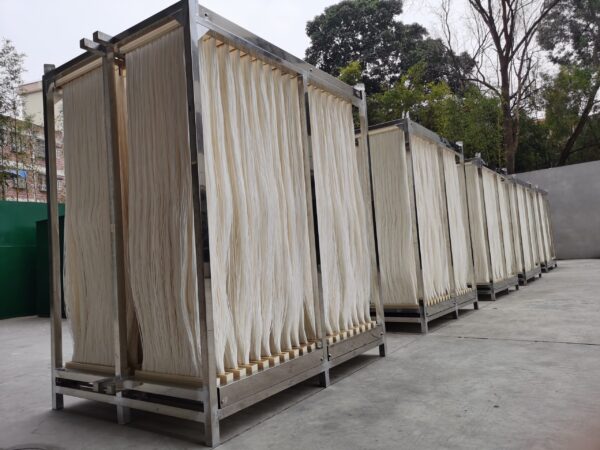
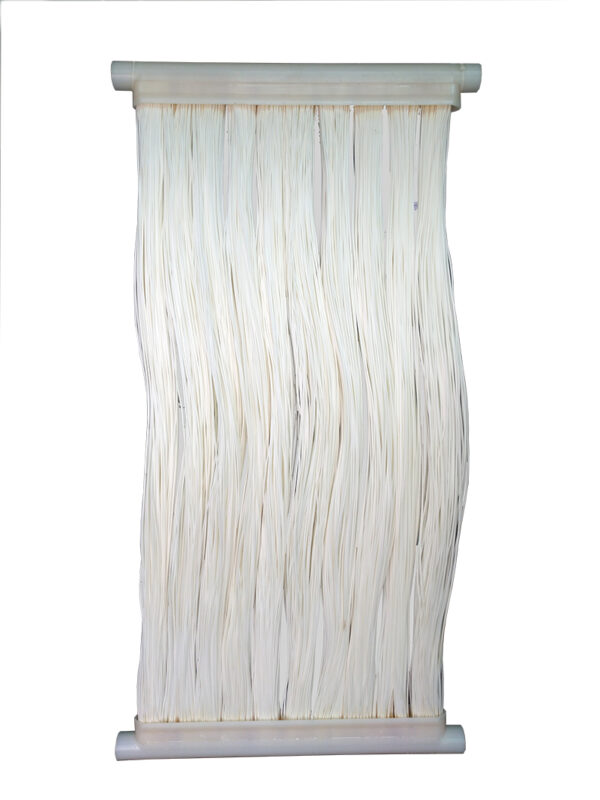

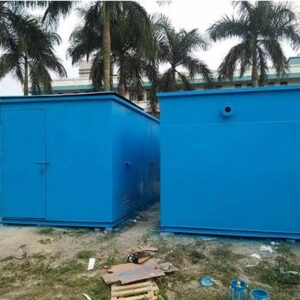
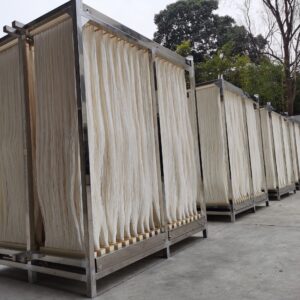
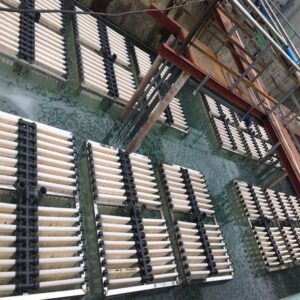
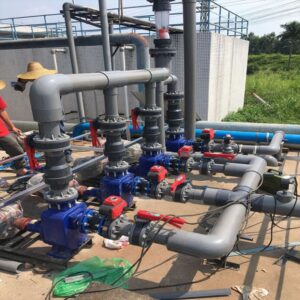

Reviews
There are no reviews yet.